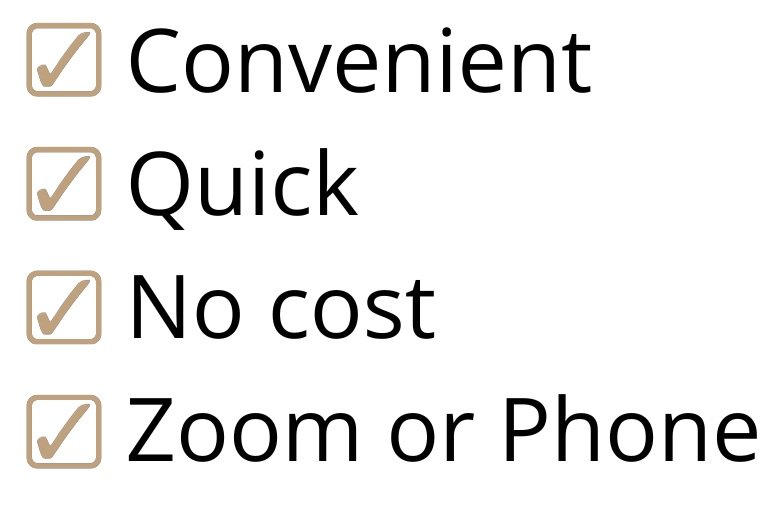How Disability Insurance Works in Ontario (2025 Guide)
Hi, David Pipe here — founder of WealthTrack. What would happen if your paycheque suddenly stopped tomorrow? Could you cover your mortgage, groceries, or car payments without income for weeks—or months? If that thought makes your stomach drop, you’re not alone. Every year, countless Ontarians are sidelined by illness or injury, left scrambling to figure out how to stay financially afloat.
That’s where disability insurance steps in—offering a critical safety net when life throws you a curveball. But not all coverage is equal, and understanding how it actually works in Ontario can make all the difference when it matters most.
In this no-fluff 2025 guide, we cut through the confusion and explain how disability insurance works in Ontario, what options are available, how claims get approved (or denied), and how you can protect your income the smart way.
Interested in Building Wealth?
Reach out to WealthTrack today!
What Is Disability Insurance?
Disability insurance is a form of income replacement coverage. It provides you with a percentage of your regular income if you become unable to work due to illness or injury.
There are two main types:
Short-Term Disability (STD): Usually covers a few weeks to several months.
Long-Term Disability (LTD): Designed to provide income support beyond the short-term window, often for years.
Some people have coverage through their employer. Others purchase it privately. Still others may rely on government programs like CPP Disability or the Ontario Disability Support Program (ODSP).
Who Needs Disability Insurance?
Everyone who depends on their income to pay bills and meet financial obligations should consider disability insurance. It’s especially important for:
Self-employed individuals or small business owners
Contractors or freelancers without employer benefits
Workers in physically demanding jobs
Anyone without substantial emergency savings
How It Works: The Basics
You become injured or ill and can’t perform your job.
You notify your insurer (or your employer if it's a group policy).
You submit medical documentation, often from your doctor or specialist.
The insurer assesses your claim against their definition of disability.
If approved, you start receiving payments, usually 60% to 85% of your pre-disability income.
Payments continue until you're able to return to work or reach the plan’s benefit limit.
Understanding Eligibility in Ontario
Eligibility for disability insurance depends on the terms of your specific plan, but generally includes:
Proof that your condition prevents you from performing the duties of your job
A waiting period (also known as an elimination period)
Ongoing documentation from your healthcare provider
Most LTD policies in Ontario define disability in two phases:
Own Occupation Period (usually the first 2 years): You must be unable to do your current job.
Any Occupation Period (after 2 years): You must be unable to do any job reasonably suited to your education, training, and experience.
Types of Disability Insurance Available in Ontario
Employer-Sponsored Plans: Many companies offer group disability insurance to employees. These are convenient and often more affordable than individual plans.
Private Disability Insurance: Self-employed people or those who want more control over their coverage often purchase private policies. These plans can be customized, but premiums are typically higher.
Government Disability Programs:
CPP Disability: For those with a significant and prolonged disability who have contributed to the Canada Pension Plan.
ODSP: For Ontario residents with a financial need and a verified disability. This is a social assistance program and has strict income/asset criteria.
Common Reasons Disability Claims Are Denied
Even legitimate claims get denied. Common reasons include:
Insufficient medical documentation
Disagreement over the definition of "disabled"
Missed deadlines or forms filled out incorrectly
The insurer deems you capable of "some" work
If you’ve been denied, it doesn’t necessarily mean your claim is over. You may have appeal rights, and legal or professional help can make a difference.
Tax Implications in Ontario
Employer-paid premiums: If your employer pays your disability insurance premiums, the benefits you receive are usually taxable.
Employee-paid premiums: If you pay for the coverage yourself with after-tax dollars, your benefits are usually tax-free.
Always consult with a financial advisor or tax professional to understand the full picture.
Tips for Navigating the Process
Understand your policy: Know what type of coverage you have, how long benefits last, and what paperwork is required.
Keep detailed records: Track symptoms, treatments, appointments, and all correspondence with insurers.
Talk to your doctor: Make sure your medical team supports your claim and understands the importance of thorough documentation.
Don’t delay: There are time limits to file. Waiting too long can disqualify your claim.
Get Professional Advice

Hello, I’m David Pipe. At WealthTrack, we can help you reach your financial goals — book a free 15-minute call with us today to find out how to get started.

The Bottom Line
Disability insurance is a critical layer of protection that many Ontarians don’t fully understand until they need it. Knowing how it works, what qualifies you, and how to file a strong claim can be the difference between financial stability and hardship.
Whether you’re exploring coverage options or already struggling with a claim, don’t wait to take action. Disability can strike unexpectedly, but preparation and knowledge can put you in control.

